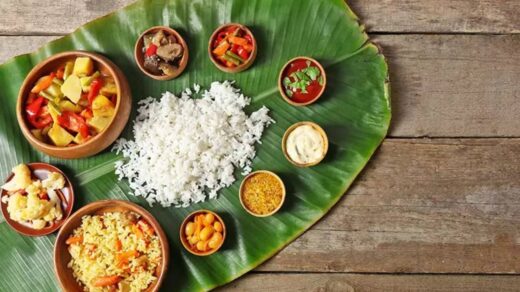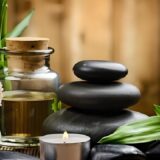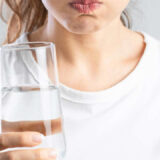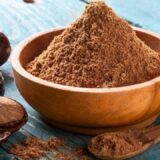Panchakarma Treatments: Types and Benefits of Each Treatment
Panchakarma is a comprehensive detoxification and rejuvenation treatment system deeply rooted in Ayurveda, the traditional Indian system of medicine. The term “Panchakarma” is derived from Sanskrit, where “Pancha” means five and “Karma” refers to actions or therapies. 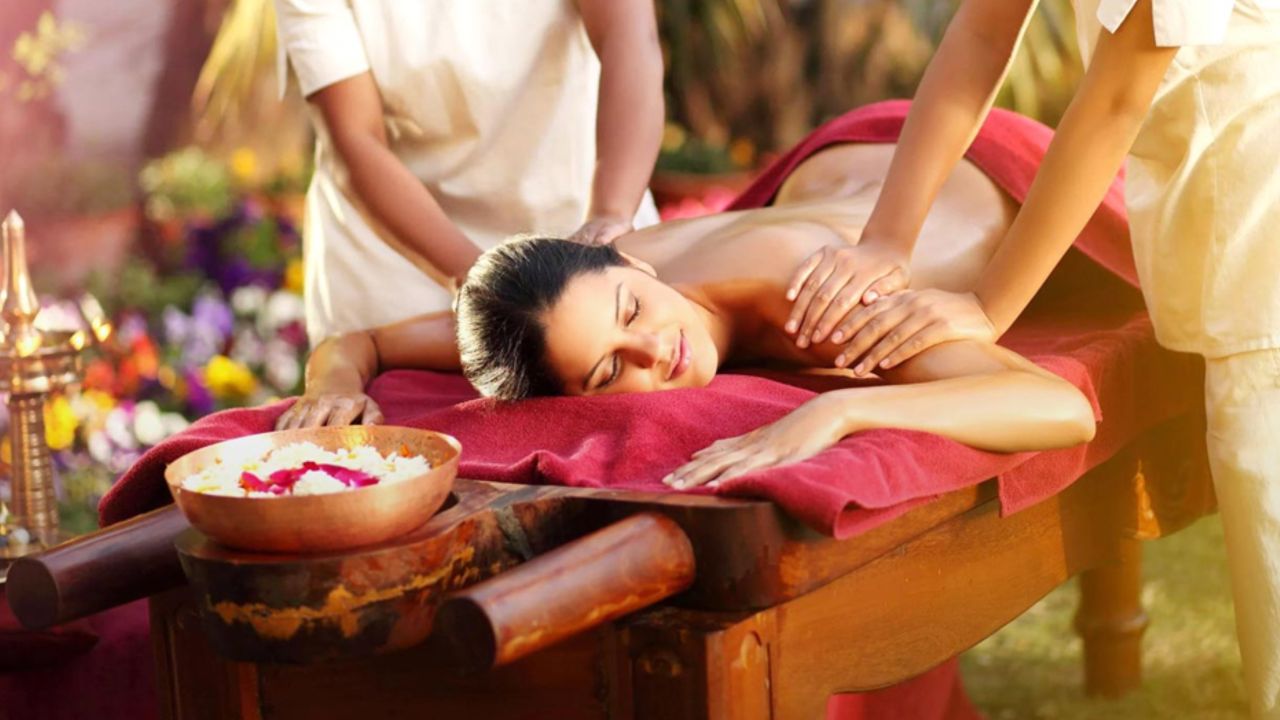
Thus, Panchakarma translates to “Five Actions” or “Five Therapies.” Originating from ancient India, it is meticulously detailed in classical Ayurvedic texts like the “Sushruta Samhita” and the “Charaka Samhita,” which are considered foundational works in Ayurvedic medicine.
Importance of Panchakarma in Ayurvedic Medicine
In Ayurvedic practice, Panchakarma is considered a cornerstone for maintaining and restoring health. It is crucial for balancing the body’s doshas (Vata, Pitta, and Kapha), which are the fundamental energies believed to govern physiological and psychological functions.
Panchakarma aims to cleanse the body of accumulated toxins (ama) and restore balance to these doshas. This process helps prevent diseases, promotes well-being, and supports overall vitality.
Panchakarma Role in Detoxification and Rejuvenation
Panchakarma plays a vital role in both detoxification and rejuvenation:
1. Detoxification: The primary goal of Panchakarma is to eliminate toxins that have built up in the body due to improper diet, lifestyle, or environmental factors.
This is achieved through a series of therapeutic procedures that include purgation (Virechana), emesis (Vamana), enema (Basti), nasal administration (Nasya), and bloodletting (Raktamokshana). Each of these procedures targets specific areas of the body and types of toxins.
2. Rejuvenation: After the detoxification phase, Panchakarma therapies aim to rejuvenate and restore the body’s energy and vitality.
This involves nourishing the tissues, strengthening the immune system, and promoting mental and emotional well-being. Techniques such as Abhyanga (therapeutic massage with medicated oils), Shirodhara (oil pouring on the forehead), and Pizhichil (warm oil bath) are used to revitalize and balance the body and mind.
Overall, Panchakarma is integral to Ayurvedic medicine for its holistic approach to health, addressing both physical and mental aspects of well-being, and providing a pathway to a balanced and harmonious life.
What is Panchakarma Massage?
Panchakarma massage refers to a collection of therapeutic massage techniques used within the framework of Panchakarma, the comprehensive Ayurvedic detoxification and rejuvenation system.
This specialized form of massage is designed to support the detoxification process, enhance the body’s natural healing mechanisms, and promote overall wellness. It integrates the principles of Ayurveda with tailored techniques and therapeutic oils to achieve its goals.
Different Types of Panchakarma Massage
Panchakarma massage encompasses several distinct practices, each with specific objectives:
1. Abhyanga (Oil Massage): This is a key component of Panchakarma massage. Abhyanga involves the application of warm, medicated oils over the body in a systematic manner. The massage is generally performed using long, flowing strokes and rhythmic pressure to improve circulation, reduce stress, and facilitate the release of toxins from the tissues.
2. Shirodhara: This technique involves the gentle pouring of warm, medicated oil or herbal decoctions on the forehead, specifically targeting the “ajna” or third eye chakra. Shirodhara is used to calm the nervous system, enhance mental clarity, and support emotional balance.
3. Pizhichil: Also known as “oil bath,” Pizhichil involves the application of warm, medicated oil over the entire body in a continuous stream, combined with rhythmic massage. This treatment helps to lubricate the joints, improve flexibility, and promote deep relaxation.
4. Kati Vasti: This specialized treatment focuses on the lower back. A dough dam is created around the lumbar region, which is then filled with warm, medicated oil. Kati Vasti is aimed at relieving lower back pain, improving circulation, and nourishing the lumbar tissues.
5. Udvartana (Herbal Powder Massage): This involves the use of dry, herbal powders applied to the body in a vigorous, upward massage. Udvartana is typically used for weight management and to improve skin tone and texture.
How Panchakarma Differs from Other Types of Massages
Panchakarma massage differs from other massage therapies in several ways:
1. Integration with Ayurveda: Unlike many other massage techniques that focus purely on physical relaxation, Panchakarma massage is deeply rooted in Ayurvedic principles. It aims to balance the doshas (body energies) and address specific imbalances in the body.
2. Use of Medicated Oils and Herbs: Panchakarma massage employs medicated oils and herbal formulations, tailored to individual needs based on dosha imbalances and health conditions. This contrasts with conventional massages that often use generic oils or lotions.
3. Holistic Approach: Panchakarma massage is part of a broader therapeutic regimen that includes other detoxification techniques and lifestyle adjustments. It is designed to work in synergy with other Panchakarma treatments to achieve comprehensive detoxification and rejuvenation.
4. Therapeutic Goals: While other types of massage may focus on relieving muscle tension or improving circulation, Panchakarma massage aims to detoxify the body, balance energy, and enhance overall health, often addressing chronic conditions and imbalances.
The Role of Oils, Herbs, and Specific Techniques of Panchakarma
1. Oils: Medicated oils are central to Panchakarma massage. These oils are infused with specific herbs and are chosen based on their therapeutic properties and the individual’s dosha constitution. For example, Vata-balancing oils may include warming and lubricating herbs, while Pitta-balancing oils may incorporate cooling and soothing ingredients.
2. Herbs: Herbal powders, decoctions, and essential oils used in Panchakarma are selected for their therapeutic benefits. They can have properties such as anti-inflammatory, detoxifying, or rejuvenating effects, depending on the treatment goals.
3. Techniques: The techniques used in Panchakarma massage are designed to stimulate energy channels (nadis), enhance the flow of vital fluids (prana), and support the elimination of toxins. Methods include long, rhythmic strokes, gentle tapping, and pressure application, all tailored to the specific needs of the patient.
In summary, Panchakarma massage is a specialized and integral part of the Panchakarma detoxification and rejuvenation system, distinguished by its use of medicated oils, herbal preparations, and a holistic approach to health rooted in Ayurvedic principles.
Different Types of Panchakarma Treatments
Overview of Panchakarma Treatments: Panchakarma, a key component of Ayurvedic medicine, consists of five primary treatments aimed at detoxifying and rejuvenating the body.
These treatments are designed to balance the doshas (Vata, Pitta, and Kapha) and eliminate accumulated toxins (ama). Each treatment targets specific imbalances and uses various techniques to achieve holistic healing.
1. Vamana (Therapeutic Emesis):
- Purpose: Vamana is primarily used to eliminate excess Kapha dosha, which is associated with congestion, mucus, and heaviness in the body. It helps in clearing out toxins related to Kapha and restoring balance to this dosha.
- Process: Vamana involves the administration of a medicinal substance, usually an herbal decoction, which induces vomiting. The process begins with preparatory treatments such as snehana (oil massage) and swedana (sweating therapy) to loosen the toxins. The patient is then given the emetic agent, which triggers controlled vomiting to expel the toxins from the upper digestive tract.
- Indications: Vamana is beneficial for conditions characterized by Kapha imbalances, such as respiratory issues (asthma, bronchitis), sinusitis, obesity, and chronic digestive disorders. It is also used for conditions related to excessive mucus or fluid retention.
2. Virechana (Purgation Therapy):
- Purpose: Virechana focuses on cleansing Pitta dosha, which is linked to heat and metabolic toxins in the body. This treatment helps in removing Pitta-related toxins and restoring balance to the digestive and metabolic systems.
- Process: The procedure begins with preparatory treatments similar to Vamana, including oil ingestion and sweating. Following this, the patient is administered a purgative herbal formulation that induces diarrhea. This helps in flushing out toxins from the lower digestive tract and the liver.
- Indications: Virechana is used for conditions related to Pitta imbalances, such as liver disorders (hepatitis, jaundice), skin diseases (acne, eczema), digestive issues (acid reflux, ulcers), and inflammatory conditions. It is effective in managing conditions characterized by excessive heat, inflammation, or acidity.
3. Basti (Enema Therapy):
Purpose: Basti is designed to address Vata dosha imbalances, which are associated with dryness, irregularity, and nervous system disorders. The treatment helps in detoxifying and soothing the Vata-related disturbances.
Process: Basti involves the administration of herbal enemas into the rectum. There are two primary types:
- Anuvasana Basti: Uses oily medicated substances to lubricate and nourish the colon.
- Niruha Basti: Uses herbal decoctions for a more cleansing effect, aimed at removing excess Vata from the body.
Indications: Basti is recommended for conditions such as constipation, lower back pain, arthritis, and neurological disorders (e.g., sciatica, multiple sclerosis). It is also used to manage chronic conditions related to Vata imbalances, including dryness and irregularities in bodily functions.
4. Nasya (Nasal Administration):
- Purpose: Nasya focuses on cleansing and rejuvenating the head region, including the nasal passages, sinuses, and brain. It helps in clearing accumulated toxins from the upper respiratory tract and the mind.
- Process: The treatment involves administering medicated oils or herbal powders through the nasal passages. The process begins with preparatory treatments to soften and clear the nasal passages. The patient then receives the Nasya therapy, which involves the careful application of the medicated substances into the nostrils.
- Indications: Nasya is beneficial for conditions affecting the head and neck region, such as sinusitis, nasal congestion, headaches, and mental stress. It is also used to enhance mental clarity and cognitive function.
5. Raktamokshana (Bloodletting):
Purpose: Raktamokshana aims to purify the blood and eliminate toxins from the bloodstream. It is used to address conditions related to blood imbalances and improve overall systemic health.
Process: Traditional methods of Raktamokshana include:
- Siravyadha: The controlled puncture of a vein to draw out a specific quantity of blood.
- Leech Therapy: The use of leeches to remove impure blood and toxins from the body.
Indications: Raktamokshana is indicated for conditions such as skin disorders (psoriasis, eczema), blood disorders (anemia, high blood pressure), and certain types of inflammation and infections. It is also used for managing chronic conditions that involve impurities in the blood.
Holistic Approach to Healing through Panchakarma
Panchakarma’s holistic approach involves a combination of these five treatments, tailored to individual needs based on their dosha imbalances and health conditions.
The process begins with preparatory treatments to prepare the body for detoxification, followed by primary therapies and supportive post-treatment care.
This comprehensive approach ensures a thorough cleansing of toxins, balances the doshas, and promotes overall health and well-being, addressing both physical and mental aspects of health.
Other Supporting Panchakarma Therapies
1. Abhyanga (Oil Massage)
Abhyanga is a traditional Ayurvedic oil massage that involves the application of warm, medicated oils over the entire body. The massage is typically performed with long, flowing strokes and rhythmic pressure. The oils used are often infused with various herbs tailored to the individual’s dosha (Vata, Pitta, or Kapha) and specific health needs.
Benefits:
- Nourishes and Lubricates the Skin: The warm oils deeply penetrate the skin, providing hydration and improving texture.
- Improves Circulation: The massage stimulates blood and lymphatic flow, enhancing the delivery of nutrients and the removal of metabolic waste.
- Reduces Muscle Tension: Abhyanga helps to relax muscles, reduce stiffness, and alleviate chronic pain.
- Promotes Detoxification: By improving circulation and lymphatic flow, Abhyanga assists in the elimination of toxins from the body.
- Enhances Mental Relaxation: The rhythmic strokes and warm oils provide a calming effect, reducing stress and promoting mental clarity.
Role in Supporting Panchakarma Treatments: Abhyanga is often used as a preparatory treatment in Panchakarma. It helps to soften and loosen the tissues, making it easier to expel toxins through subsequent treatments. It prepares the body for deeper detoxification processes by enhancing the flow of lymph and blood, and it helps in balancing the doshas before undergoing more intensive Panchakarma therapies.
2. Swedana (Herbal Steam Therapy)
Swedana involves the use of steam, often infused with medicinal herbs, to induce sweating. This therapy helps in the removal of toxins through the skin by promoting perspiration. The steam also helps to open up the pores, allowing for deeper cleansing of the skin and facilitating the expulsion of impurities.
Benefits:
- Enhances Toxin Elimination: By promoting sweating, Swedana helps to flush out metabolic waste and toxins from the body.
- Improves Circulation: The heat from the steam enhances blood flow, which supports the detoxification process and aids in the healing of tissues.
- Relieves Muscle Tension: The warmth and steam help to relax muscles and joints, reducing stiffness and discomfort.
- Prepares the Body for Further Treatments: Swedana helps to soften and loosen the tissues, making it easier for subsequent therapies, such as Vamana (emesis) or Basti (enema), to work effectively.
Importance in Preparing the Body for Panchakarma Treatments: Swedana is an essential preparatory step in Panchakarma. By inducing sweat and opening up the channels in the body, it facilitates the deeper penetration of medicated oils and herbs used in other treatments. It also helps to balance the doshas and prepares the body to undergo more intensive detoxification processes, ensuring that the therapeutic effects of Panchakarma are maximized.
3. Shirodhara (Oil Pouring Therapy)
Shirodhara is a therapy that involves the continuous pouring of warm, medicated oil or herbal decoctions onto the forehead, specifically targeting the “ajna” or third eye chakra. The oil flows in a steady stream across the forehead, which induces a deeply relaxing effect on the nervous system.
Benefits:
- Calms the Nervous System: The rhythmic and soothing nature of the oil flow helps to calm the mind, reduce stress, and promote mental tranquility.
- Enhances Mental Clarity: By reducing mental agitation and improving focus, Shirodhara supports cognitive function and emotional balance.
- Improves Sleep Quality: The relaxation induced by Shirodhara can lead to better sleep and help address insomnia.
- Relieves Headaches and Migraines: The therapy can provide relief from tension headaches and migraines by relaxing the head and neck area.
Complementary Role in Panchakarma: Shirodhara complements Panchakarma by addressing mental and emotional well-being, which is an integral part of the holistic healing approach. While other Panchakarma treatments focus on physical detoxification and balancing the doshas, Shirodhara specifically targets the mind and senses. It enhances the overall Panchakarma experience by reducing stress, improving mental clarity, and supporting emotional balance, thus contributing to the overall effectiveness of the detoxification and rejuvenation process.



